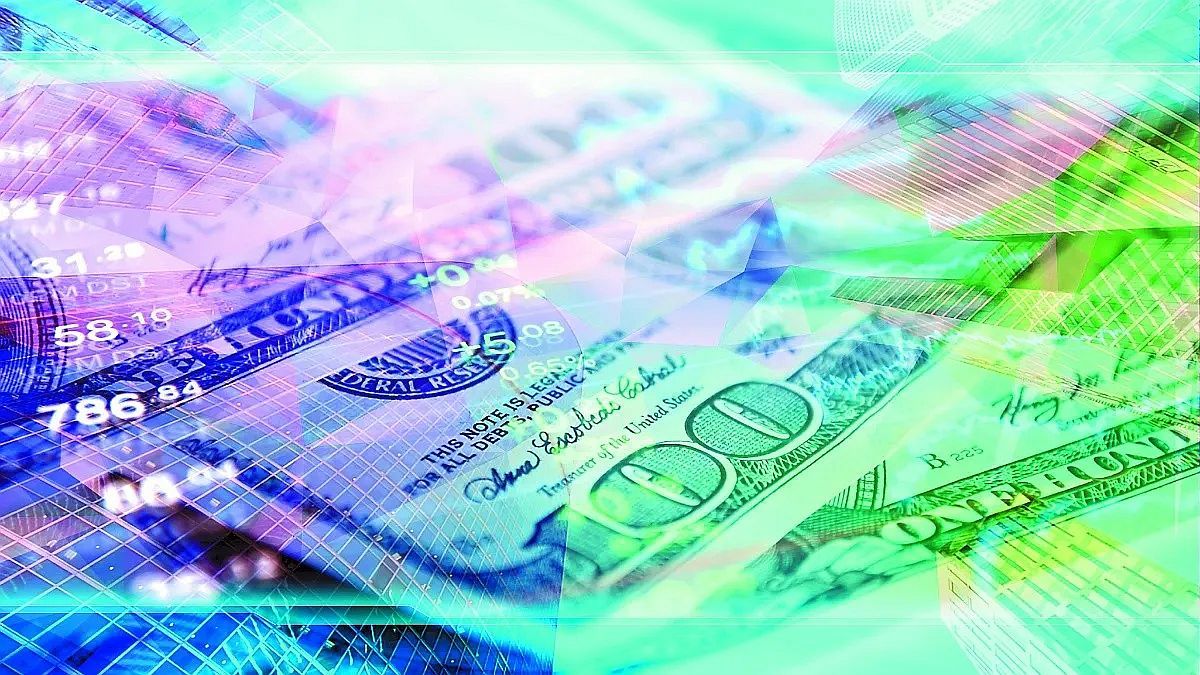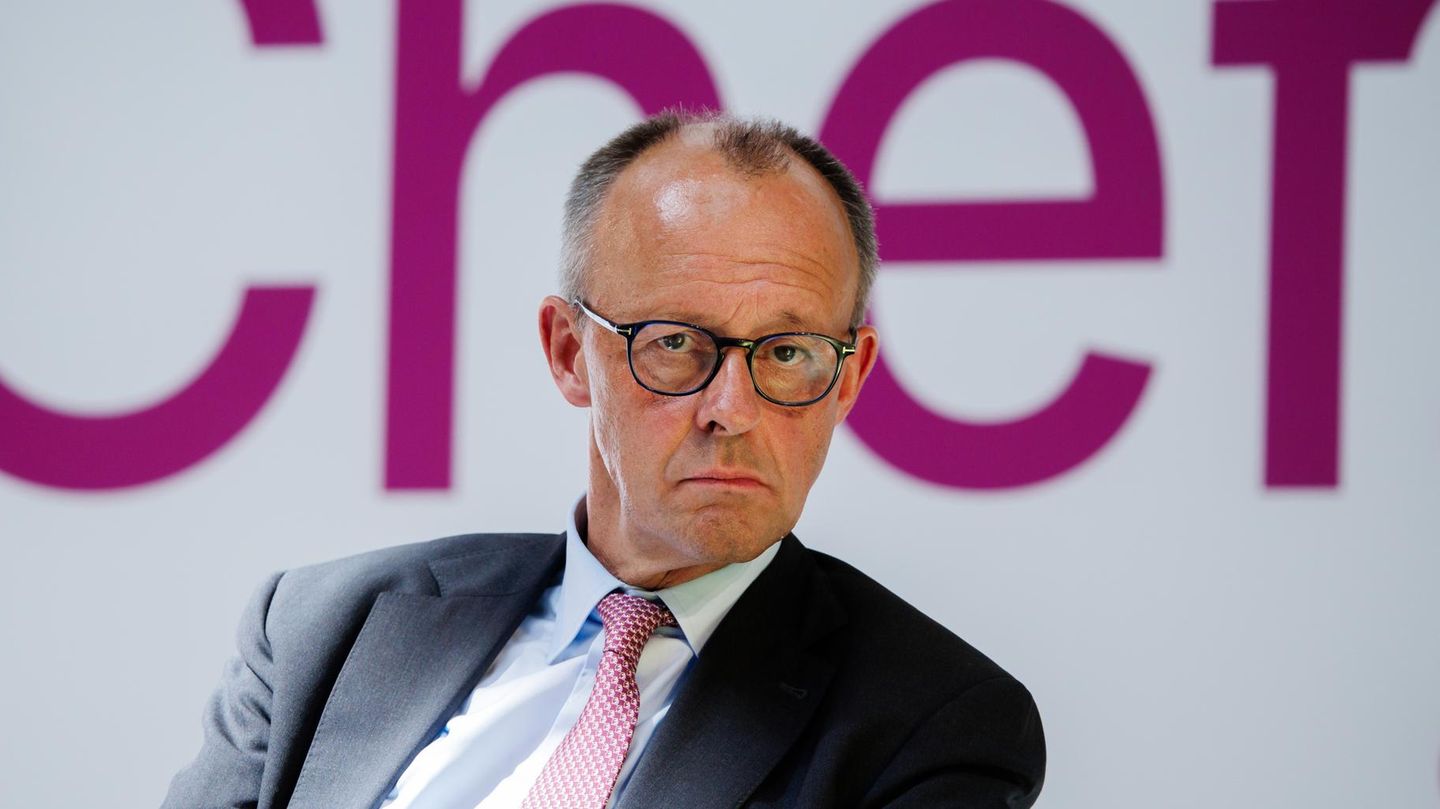the market of future dollar It works as a hedge for many investors against possible devaluations of the peso. In the current context, in which the Central Bank (BCRA) is losing many reserves, the exchange market It presents strong volatility and an electoral process is approaching, expectations of a possible devaluation begin to regain strength, for which reason this instrument begins to become attractive to many as a refuge.
From September 2022 to date, the curve of future dollar has been steadily contracting. What happened was that, in the first eight months of the year, the market expected a devaluation of the peso between the end of this year and the beginning of 2023, but the implementation of the soybean dollar in September and December of last year allowed the BCRA could accumulate reserves without having to devalue. This discouraged the expectation of a devaluation in the short term.
In fact, according to the latest data on the intervention of the monetary regulator in the dollar futures market (as of January 31) reflected that it had no position in that position.
A change in trend due to the shortage of dollars
However, now, before the increasing difficulty observed for the accumulation of reserveswhich looks more complex in the future due to the drought and the consequent decrease in the income of dollars from the field, the market begins to perceive a higher devaluation risk.
And, although many investors are going towards instruments in pesos due to the rise in BCRA rates, which was implemented this Thursday. Analysts assess that it was an insufficient increase, which does not cover monthly inflation, since took her to 78%which is equivalent to a monthly yield of 6.41% and the price index (CPI) data for February was 6.6%.
Faced with this situation, with a dollar that had been strengthening in the world due to the rate policy of the United States Federal Reserve (FED), but now it is weakened by an international financial crisis, which puts the world’s banks in check, many analysts see that it is a good opportunity to take refuge in the dollar futures market.
The elections and the expectation of devaluation
As explained to Ambit the economist Federico Glustein, this is related to the fact that “the market is seeing several issues and that is reflected in a future dollar rate, which is accelerating“. The first element he mentions is the acceleration of inflation, with a crawling peg running behind it.
In this context, the rate of futures contracts are showing a rate, since August, above 100% and that in January reaches 123%. “There is a search for coverage against a possible devaluation of the official exchange rate in December/January,” says Glustein.
Likewise, it also observes a search for protection in the face of electoral expectations. “For this reason, he raised the rate in the sections between September / January”, he indicates.
Future dollar: the most attractive contracts
It is worth mentioning that the Rosario Stock Exchange (ROFEX) is the place where most of the dollar futures contracts in Argentina, a market in which two parties agree to buy or sell currencies at a previously agreed price and within a certain time.
Given the uncertainty generated by the arrival of a new government at the end of this year, analysts are watching with higher interest contracts dated from December 2023 and those of the first months of next year. In fact, in recent times there have been increases in the rates of longer terms that reflect expectations of a change in trend after the elections.
How much the futures market “prices” the dollar
And it is that the future dollar contracts for December of this year they foresee a dollar at $410 pesos, while those for August place it at $301 and those for April are at $224.45. The market expects a 45% devaluation between April and December (seven months, with primary and general elections in between) for the peso. And another big jump is observed in the February contracts of next year, when the contracts reflect a dollar of $475, which indicates a devaluation expectation of 16% in two months.
Source: Ambito
I am a 24-year-old writer and journalist who has been working in the news industry for the past two years. I write primarily about market news, so if you’re looking for insights into what’s going on in the stock market or economic indicators, you’ve come to the right place. I also dabble in writing articles on lifestyle trends and pop culture news.




